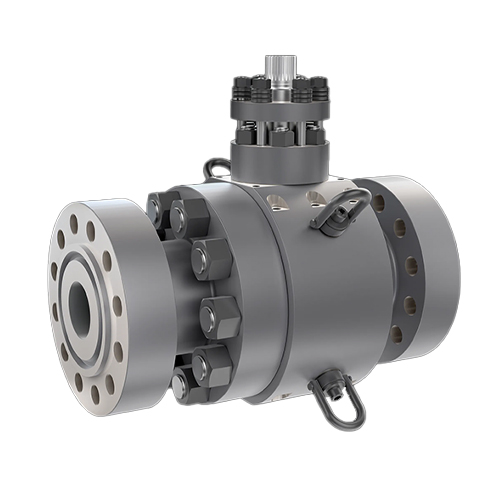Not all valves are created equal—and in the world of marine engineering, choosing the wrong one could mean costly downtime or even system failure at sea.
Two of the most commonly used valve types on ships are ball valves and butterfly valves. They may seem similar at a glance—they both offer quick shut-off and simple operation—but their internal designs, applications, and limitations differ in significant ways.
So, which one truly fits your vessel? Let’s dive into the details.
How They Work: Form Follows Function
Ball Valve
A ball valve uses a solid, perforated sphere that rotates 90 degrees to allow or block flow. When the hole lines up with the pipeline, fluid flows freely. A simple quarter-turn shuts it off.
Butterfly Valve
A butterfly valve features a rotating disc mounted on a shaft in the center of the pipe. When rotated 90 degrees, the disc aligns with flow or blocks it completely.
Key Difference: Ball valves seal via a tight ball against seats. Butterfly valves rely on a flat disc and liner to seal the flow path.
Performance Comparison
| Feature | Ball Valve | Butterfly Valve |
|---|---|---|
| Operation | 90° turn (quick shut-off) | 90° turn (quick shut-off) |
| Flow Control | Not ideal for throttling | Moderate throttling possible |
| Seal Quality | Excellent (tight shut-off) | Good, depends on liner and pressure |
| Size & Weight | Bulkier, especially in larger sizes | Compact, lightweight |
| Maintenance | Less prone to wear | Easier to service in-line |
| Cost | Generally higher | More cost-effective for larger sizes |
Which Valve for Which System?
Choose Ball Valves When:
- You need reliable shut-off with zero leakage (e.g., fuel lines, oil transfer)
- Space and weight are not critical issues
- Minimal maintenance is a priority
- You’re handling high-pressure fluids
Choose Butterfly Valves When:
- You need a lightweight, compact option (e.g., ballast systems, HVAC)
- Budget constraints are tight
- You’re dealing with large-diameter pipelines
- Precise flow control isn’t the top priority
Real-Life Marine Examples
Ball valves are commonly found in engine cooling systems, fuel oil lines, and compressed air pipelines, where tight shut-off and durability matter.
Butterfly valves dominate ballast systems, ventilation lines, and low-pressure water transfer thanks to their size and ease of installation.
Material Considerations at Sea
In marine environments, corrosion resistance is critical.
Ball valves are often made of brass, stainless steel, or bronze for saltwater resistance.
Butterfly valves may feature rubber-lined discs and epoxy-coated bodies to protect against marine corrosion.
The Verdict: It Depends on the Mission
If your goal is tight shut-off, durability, and high-pressure handling, the ball valve is your go-to.
If you need space-saving, budget-friendly, and lightweight control, butterfly valves are hard to beat.
At sea, choosing the right valve isn’t just an engineering decision—it’s a question of safety, performance, and peace of mind.
Final Tip
Before selecting a valve, consider these three factors:
- System pressure and temperature
- Fluid type (freshwater, seawater, oil, fuel)
- Space and maintenance access on board
Still unsure? Consulting with marine valve specialists can help tailor the best solution for your vessel’s specific needs.
